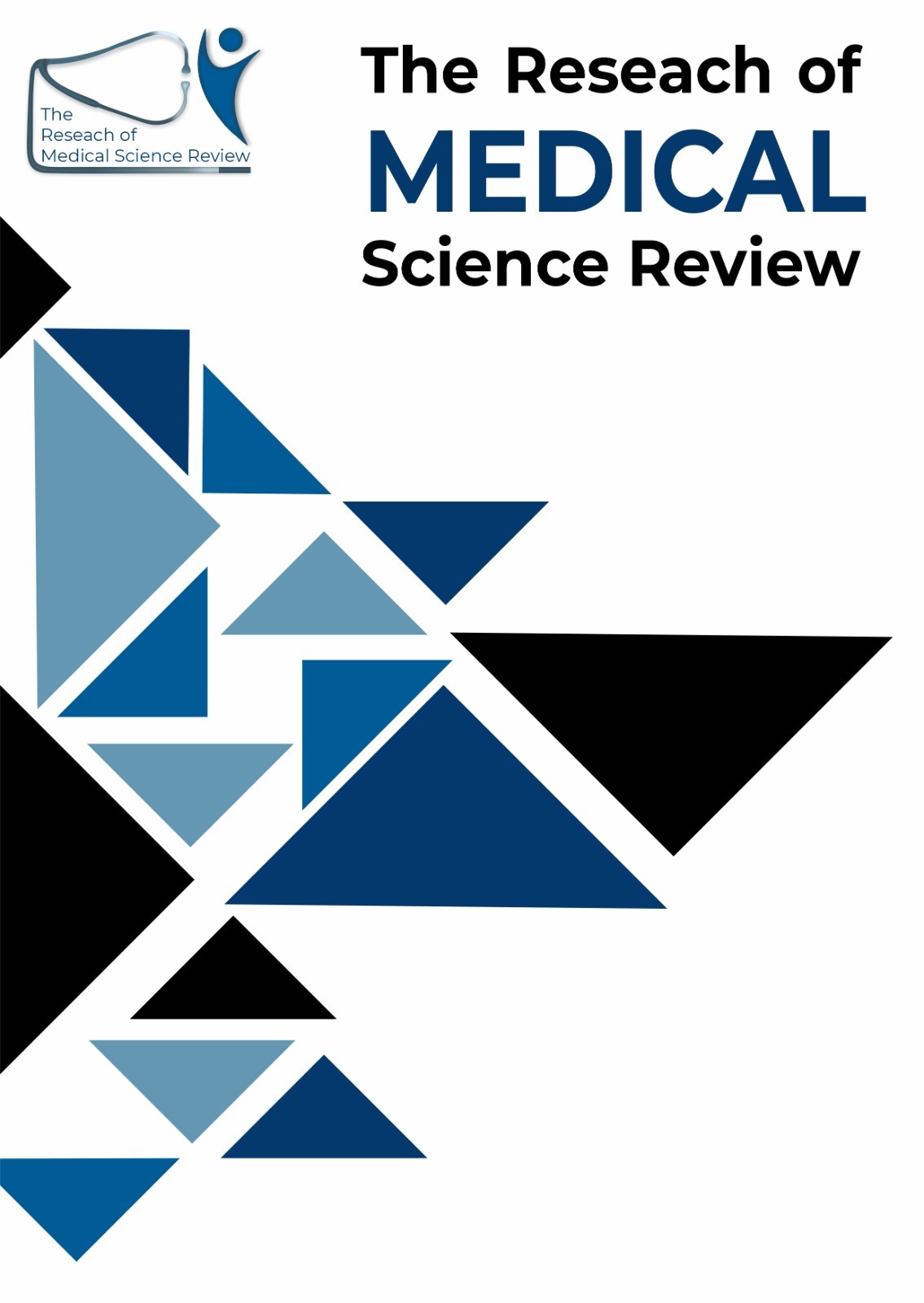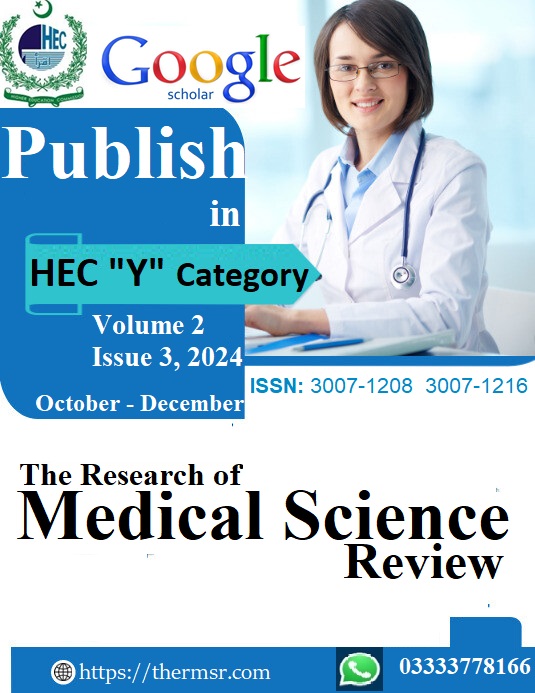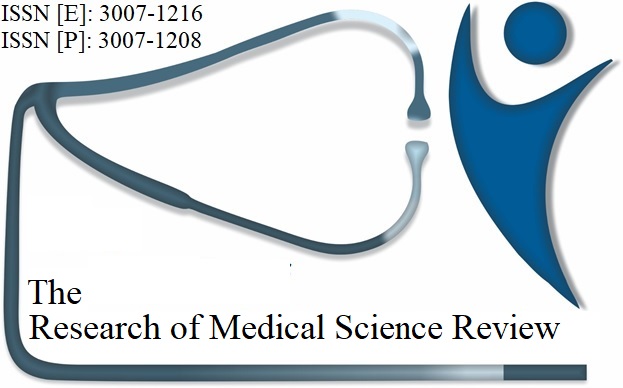PREVALENCE AND CLINICAL CHARACTERISTICS OF UTERINE FIBROIDS IN WOMEN OF REPRODUCTIVE AGE IN DISTRICT HYDERABAD
Keywords:
Uterine fibroids, incidence, age of reproduction, District Hyderabad, clinical presentation, risk factors for development, infertility, ultrasoundAbstract
Uterine leiomyomas, which are also known as fibroids, are the most common benign tumours affecting women of childbearing age across the world. Epidemiologic studies published in the clinical sciences indicate that they constitute a major public health problem, particularly concerning female reproductive dysfunction, chronic pain, and sizeable health care expenditures. Cohort studies from District Hyderabad operating in low-income settings have not yet described the clinical features of women with uterine thus, the research seeks to establish a cross-sectional descriptive survey that was therefore conducted among 1,500 women, 18-49 years, attending gynecological clinics in both urban and rural healthcare facilities in District Hyderabad between January 2024 and December 2024. Structured questionnaires supplemented with comprehensive physical assessments and state-of-the-art ultrasound scans helped to achieve optimal diagnostic and descriptive assessment of fibroids. The overall prevalence estimated in the study was 38%, and the highest incidence rate was established in the age group of 30-39 years. Clinical presentation as manifested by the participants was mainly menorrhagia (72%), pelvic pain (55%), and infertility (28%). The uptaken risk factors included being overweight/obese (BMI > 30), having a past history of fibroids in the family, having no child (nulliparous), and having early menarche (age <12 years). This work also revealed that fibroids impact fertility and pregnancy in that fertility was reduced and rates of preterm labour and caesarean sections increased. The findings of the current study supported by more enhanced multivariable logistic regression analysis further strengthened the evidence of the relationship between the identified risk factors and fibroid prevalence. The results provide evidence for focused education and promotion programs, screening for the identified high-risk groups, and preventive health promotion initiatives addressing modifiable cardiovascular risk factors. The current study provides epidemiological data required to develop efficient healthcare policies and enhance strategies in directing clinical care to reduce the burden of uterine fibroids in the premenopausal women of District Hyderabad.
Downloads
Downloads
Published
Issue
Section
License

This work is licensed under a Creative Commons Attribution-NonCommercial-NoDerivatives 4.0 International License.














